More than 72,000 Americans died of a drug overdose in 2017. More than half of those deaths were due to opioids.
Every day we read another article about someone dying from opioid abuse. Mothers, fathers, sisters, brothers, and beloved celebrities like Prince, and most recently Demi Lovato, are falling victim to these drugs.
Which is why the Substance Abuse and Mental Health Service Administration (SAMHSA) has recently released updates to its Overdose Prevention Toolkits. These toolkits are helpful for overdose prevention.
They can save someone’s life. But first, you need to understand what these toolkits are for and how to use them properly.
Keep reading to learn about overdose awareness and how to use the opioid overdose kit.
Facts About Overdose Prevention
Part of the problem when dealing with opioids is that those who do not use or abuse these drugs aren’t aware of what the signs of an overdose are. Recognizing the signs in a timely manner can help save someone’s life. Let’s go over the signs now.
Signs of an Overdose
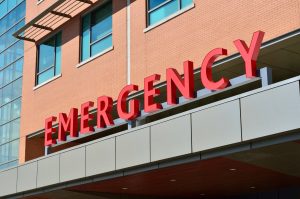 One way to promote overdose prevention is by sharing the common signs of an overdose. Since people rarely die immediately from an overdose, there’s usually time to help save a life by knowing how to respond.
One way to promote overdose prevention is by sharing the common signs of an overdose. Since people rarely die immediately from an overdose, there’s usually time to help save a life by knowing how to respond.
When in doubt, call 911.
If someone has lost consciousness or is unresponsive to outside stimuli, it’s a good chance they’re overdosing. Check to see if their breathing is slow, shallow, erratic or has stopped altogether. A limp body is also a sign they’re overdosing.
A slow, erratic or not there pulse is also a sign someone is in distress and needs immediate help.
Listen for the “Death Rattle”
In some cases, the person may be awake, but if they are unable to speak, it’s a sign they could be overdosing. Listen for choking or a gurgling noise that sounds similar to someone snoring, this is known as the “death rattle”.
Those with lighter skin, their skin tone may turn a bluish purple. For those with darker skin, their skin tone may appear ashen or grayish. In either case, their face will be pale and/or clammy. Check their nails and lips to see if they’re turning purplish black or blue.
Another sign of an overdose is vomiting.
Signs Someone is High on Opioids
Seeing someone high on opioids or heroin-based drugs can seem very scary to those who don’t abuse drugs. But if you’re worried someone is getting too high, it’s important not to leave them alone.
 If this happens to you, monitor their breathing and keep them awake by walking them around.
If this happens to you, monitor their breathing and keep them awake by walking them around.
To help you recognize the signs of opioid abuse, check their pupils. Their pupils will be contracted and look smaller than normal.
Their muscles may be droopy and it’s difficult for them to walk or function properly. They may start passing out. Their speech may be affected and slurring is possible.
Check to see if they appear to be scratching at itchy skin or if they start passing out but then respond to you shaking them or reacting to a loud noise.
If you feel you are out of your depths with helping someone you believe is overdosing, call 911 and ask for help.
Those Who are Most at Risk
Addictions don’t happen overnight. And those who are addicted often hide it well from others. Part of overdose awareness is understanding who is most at risk. Let’s take a look.
Long-Term Pain Management Users
Many people rely on opioids to manage their long-term pain. When used correctly, opioids are very helpful. Unfortunately, when used in the long-term, it can easily lead to overuse.
As the body builds up a tolerance, some people may begin to take more to get the same type of relief they were previously.
Others who are receiving opioid medication regimens are at a higher risk for incomplete cross-tolerance.
Abuse Drugs or Have a History of Drug Abuse
Those who have a history of substance abuse are also at high risk for overdosing or abusing opioids. And those who are currently abusing illicit drugs also have a higher risk of overdosing.
What the Opioid Overdose Kit Does
The opioid overdose kit was created to help 911 First Responders, medical personnel, and the public deal with the opioid crisis. The more all of us understand how dangerous opioids are and that we can all help, the more lives we can save.
If you believe you are witnessing someone have an overdose or if you believe you are overdosing, do not wait. Call 911 immediately. First responders are trained in overdose prevention.
However, First Responders are the last tool in preventing an overdose. Physicians and the support of friends and family can help prevent abuse in the first place. Keep reading to learn how.
How Prescribers Can Prevent Opioid Abuse
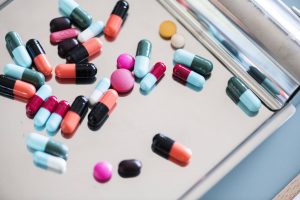 It’s incredibly important for physicians who prescribe opioids to their patients to carefully monitor the patient for the entire duration of them taking the drugs. Physicians should first ask the patient if there is a history of drug abuse.
It’s incredibly important for physicians who prescribe opioids to their patients to carefully monitor the patient for the entire duration of them taking the drugs. Physicians should first ask the patient if there is a history of drug abuse.
State Prescription Drug Monitoring Programs
To help combat opioid abuse, many states have developed a prescription drug monitoring program. This way, a physician can check to see if a patient is being prescribed other medications from another doctor.
Choosing the Appropriate Medication
Part of overdose awareness is having the physician make choices on what type of medication is most appropriate based on a few factors.
First, the severity of the problem should be taken into account. Doctors should err on the side of caution rather than prescribing strong drugs for minor issues.
The doctor also needs to take into account how well the patient is able to take their medications properly. Those on opioids long-term should be closely monitored with follow up appointments.
The doctor needs to take into consideration the likelihood of the prescribed drug becoming a risk factor for the patient. Some drugs aren’t as habit-forming as others.
Educate the Patient
Every physician should carefully explain the effects all prescribed medications will have on them. Patients need to understand the likelihood of abusing the drugs and how to ask for help if they find they are becoming more dependent on them.
All patients should fully understand the risks and benefits of any medication they are prescribed.
And those patients who are taking a high-risk medication or are at a higher risk for abuse, a physician should consider prescribing Naxolone in the event of an overdose.
When to End the Prescription
In some cases, it’s necessary to end the prescription because the patient is showing signs of abuse. Here’s how to recognize those signs.
If the patient is caught altering or selling their prescriptions or has engaged in doctor shopping, it’s time to stop the behavior. And if a patient is consistently running out of their medication too early or they are threatening a physician, it’s time to get them the help they need.
How Yourself and Others Can Help
When someone is abusing drugs, it’s important for everyone to get involved to aid in overdose prevention. The opioid overdose kit helps friends and family spot the warning signs and provides them with information on appropriate actions to take.
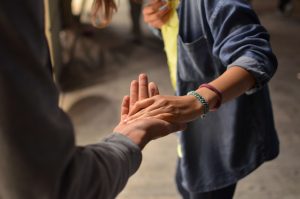 All drugs should always be kept in a safe place away from children and animals. If possible, keep your prescription narcotics in a locked space so that other family members aren’t tempted.
All drugs should always be kept in a safe place away from children and animals. If possible, keep your prescription narcotics in a locked space so that other family members aren’t tempted.
If you are on opioids that are prescribed by your doctor, only take the medicine as it’s been prescribed by your doctor.
Mixing your prescription drugs with alcohol or other drugs is dangerous. It’s very easy to overdose when too many substances are in your body. Do not mix your drugs.
When someone in the family is taking an opioid, or other strong prescription drugs, it’s very important that everyone knows what the signs of an overdose are. Everyone in the household should also know what steps to take in case of an overdose.
Always properly dispose of any unused medications. It’s not safe to leave them lying around.
What is Naxolone
Naxolone, otherwise known as Narcan is an extremely important part of the opioid overdose kit. This drug is the antidote to an opioid overdose as it reverses the effects of the opioid.
However, Naxolone does not act as an overdose prevention when a person has taken benzodiazepines like Valium, Klonopin or Xanax. Naxolone also won’t work against barbiturates like Florinal or Seconal.
And Naxolone won’t work if the person has taken stimulants like amphetamines or cocaine. However, if the person mixed other drugs along with an opioid, it is possible that Naxolone will work.
Side Effects and Dangers of Naxolone
There are many possible side effects of Naxolone. It’s also possible to experience side effects of opioid withdrawal after being administered Naxolone.
Immediately call 911 or your physician if you’ve been administered Naxolone and experience things like chest pain or fast heartbeats. Naxolone may also cause vomiting, sweating, and a severe headache.
You may experience convulsions or slow breathing. It’s also possible to experience an allergic reaction to Naxolone.
Get Help Today
The most tragic part of overdose prevention is that most overdose deaths can be prevented. Overdose awareness needs to continue so that everyone knows the warning signs.
The stigma of seeking out help needs to be removed. Everyone deserves to be supported and feel safe.
If you or a loved one needs help, don’t wait until it’s too late. Contact us today and we’ll help you find out how much of your rehabilitation process is covered by your insurance.

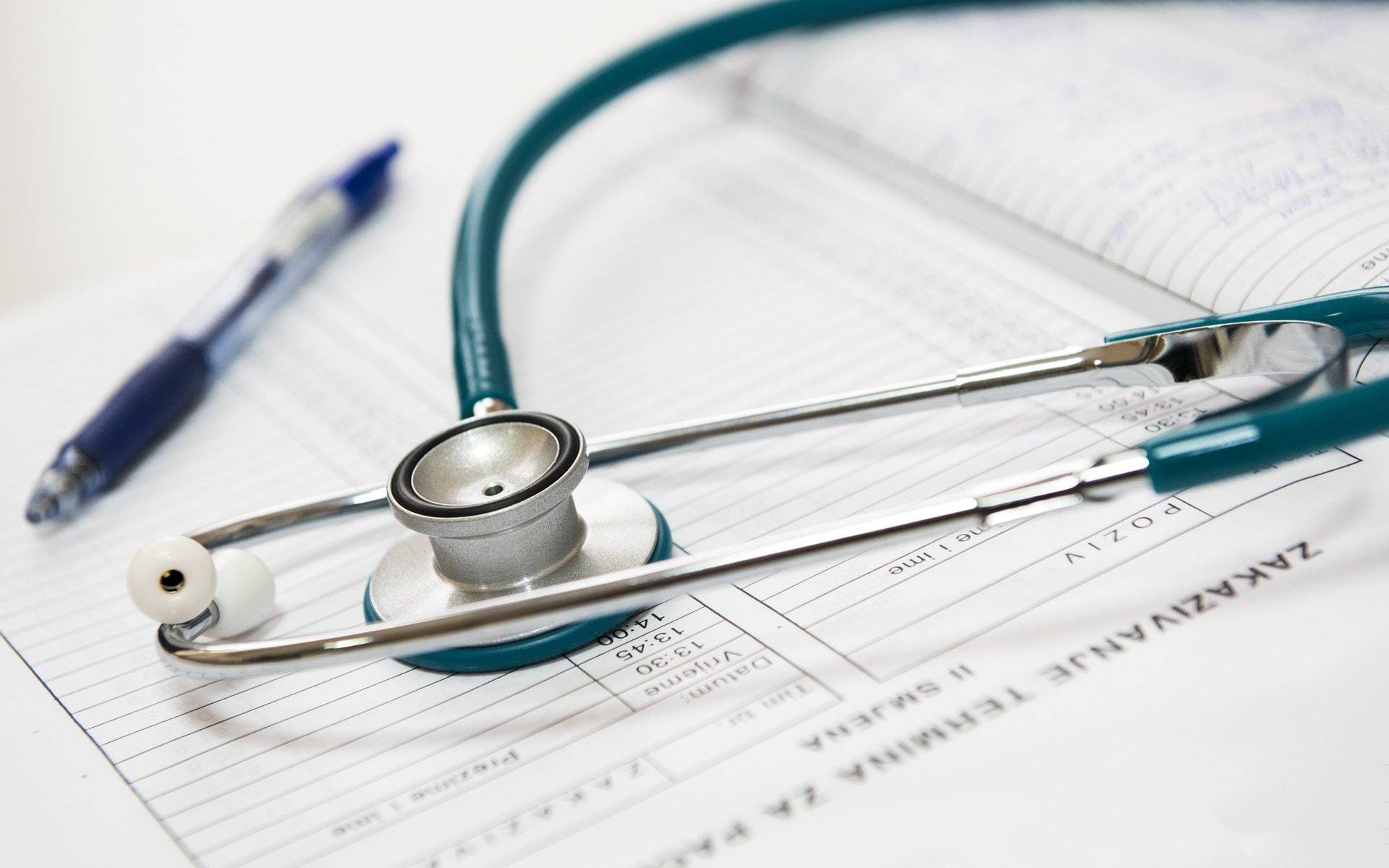


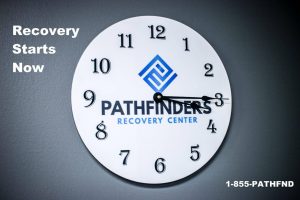 The most rewarding times in our lives are when we can truly step out of ourselves. To show up for another person in a capacity that makes their life better in some way is incredible. Drug addicts like us have taken enough from this world during active addiction, and it is a phenomenal feeling to give something back. Also, surround yourself with people that bring positivity and love into your life. Negative influences can deeply affect your level of happiness, so we highly recommend surrounding yourself with people who share your goals and are willing to take actions with you toward generating real happiness; we do not do this thing called recovery alone!
The most rewarding times in our lives are when we can truly step out of ourselves. To show up for another person in a capacity that makes their life better in some way is incredible. Drug addicts like us have taken enough from this world during active addiction, and it is a phenomenal feeling to give something back. Also, surround yourself with people that bring positivity and love into your life. Negative influences can deeply affect your level of happiness, so we highly recommend surrounding yourself with people who share your goals and are willing to take actions with you toward generating real happiness; we do not do this thing called recovery alone!